We were excited when first word of an Android / Ubuntu marriage started to form back in early 2012. We had some quality time with it at Mobile World Congress that year.
It was called Ubuntu for Android, and while it wasn’t the project we all dreamed of — Ubuntu on an Android phone — it was the next big thing. That next big thing is now the next dead thing. Canonical has confirmed that the product is no longer under active development, and won’t be until the team can find an OEM partner willing to play along.
So what was Ubuntu for Android? The idea is that your smartphone, when docked to an external monitor and paired up with an external mouse and keyboard, could seamlessly become a compact Ubuntu computer, giving you a full-fledged Linux operating system that can fit into your pocket.
Ubuntu for Android was a really neat idea, but it required a specific combination of hardware and software to pull off right. That meant each potentially compatible phone had to have its own smart dock, which explains the need for an OEM to play along.
It isn’t far off from Motorola’s Laptop Docks that would launch the web-based Webtop operating system whenever you inserted a compatible phone, a feature that is no longer a staple of their smartphone series.
It’s sad to hear that the project is no longer being worked on, but those are the breaks of a company like Canonical, whose only sources of revenue are from providing support for Ubuntu and raising funds in grassroots-like fashion. It was that reason that the company took to Kickstarter to try and get funds to build the Ubuntu Edge smartphone, a campaign which ultimately failed to attract enough dollars for them to go forward.
Canonical simply doesn’t have the resources and capital to play in the hardware world, which is why they’ve returned to their software roots. They’re still pretty involved with Android, with their Ubuntu Touch platform having been tested on a number of older Nexus devices. Unfortunately they’ve pulled support for all but the Nexus 4 and the 2013 Nexus 7, so there’s no telling just how invested they are into that project.


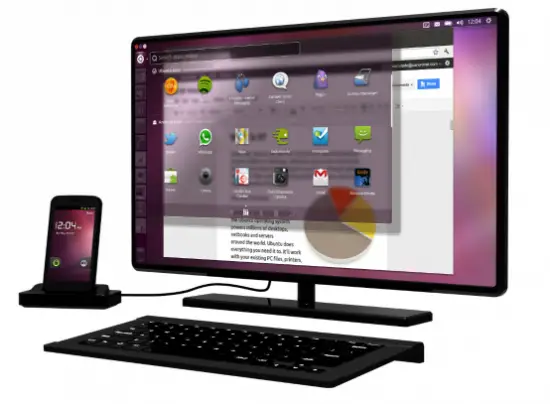




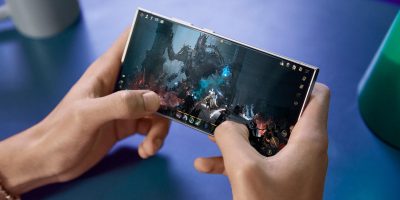

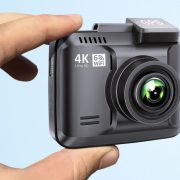
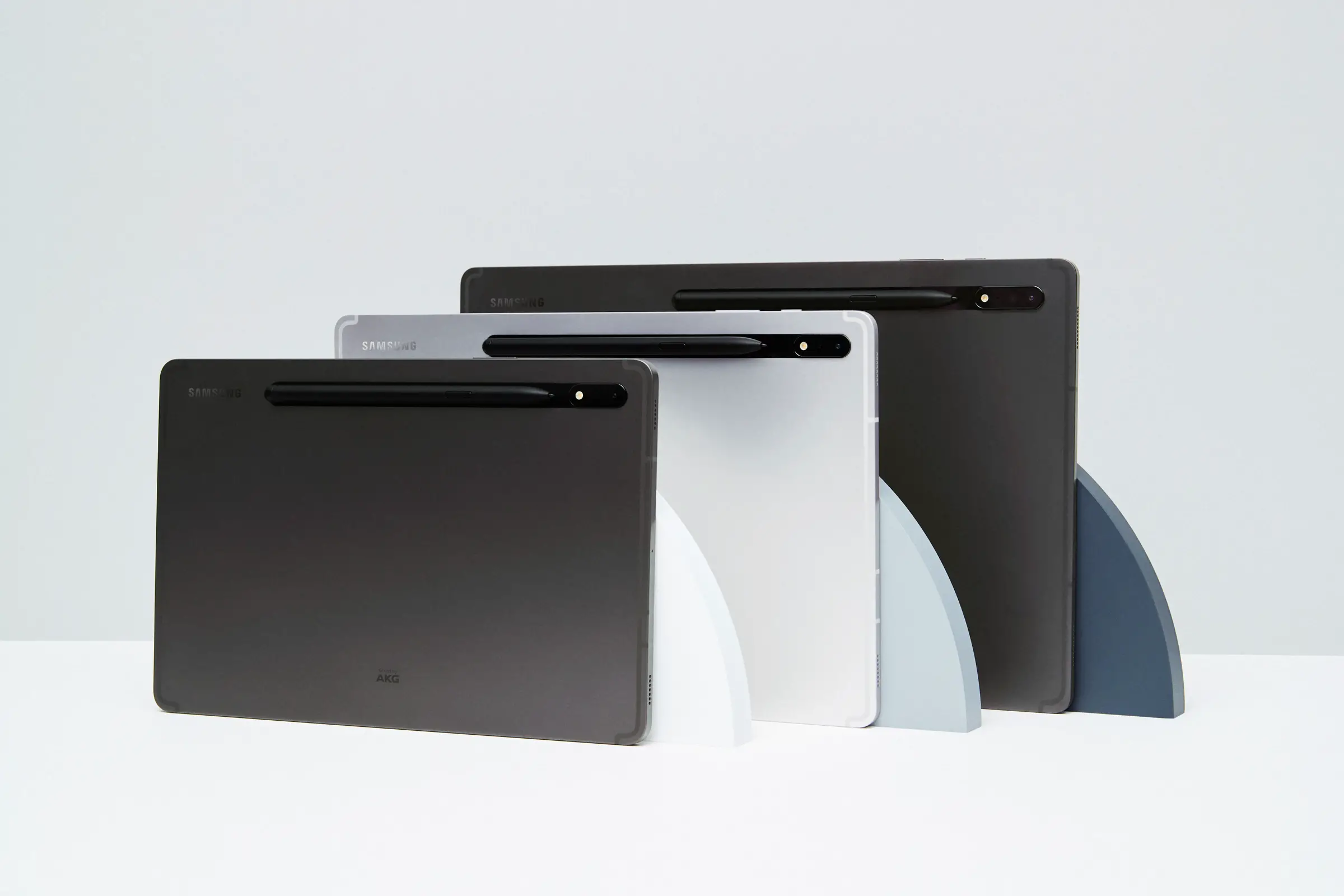
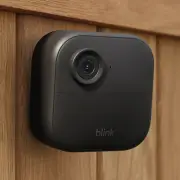

Why a dock?
Any device that can do HDMI output should be fine. Put an nfc sticker on the charger at that location and you should be fine.
You’re exactly correct. Even the moto devices running lapdock, as mentioned in this article, functioned that way. Connect HDMI cable to it and it ran webtop. No specialized dock necessary. It does require Canonical have access to the proprietary drivers though. Depending on the open source license phrasing probably turned off most OEMs from including the feature. That and moto failed to prove that such docks could be useful. I had my Bionic setup to run full ubuntu for a while before the hack was patched. The lapdock was super useful up until that patch. It’s hard for an OEM to see how they could profit from this when moto failed so badly. Protip: Make accessories affordable for unique features and you’ll sell more hardware.
I bought a lapdock for my droid 4 and immediately returned it the next day. It plugged into hdmi and usb with a special double cable (later when android was updated to ICS, moto was purchased by google, and they basically gave up on webtop they allowed just an hdmi to activate webtop w/o an adapter) , the problem was it ran the webtop software on top of existing android, running two OSes on a dual core 1.2ghz just didnt work. You could only run maybe one firefox tab with any sort of graphics + normal background apps on phone before you got these cpu maxed out at 100% warnings, not to mention my phone would start to boil…seriously it would get searing hot battery had to be pushing 125f. Maybe with newer snapdragon 800+ it could be done, but really i think you need to shutdown android and then boot for it to be usable.
I had two Bionics and a Droid4. All worked (and still do) just fine in webtop mode. In fact when I had xubuntu installed on my Bionic I regularly used it to watch hulu while I was on travel. The real problem with webtop was that it wasn’t any more useful than a tablet with a keyboard, or screen mirroring. A full os that integrated with android like ubuntu did was great. Not two whole separate OSes. The problem is the market share of people who would use this is believed to be small.
is your droid 4 rooted? I had so much trouble with it, but i was just using the standard webtop mode with firefox. I think the other problem with running desktop oses on smartphones is that unless we have replaceable batteries, I think you are stressing and using quite a few charge cycles to use it. I think most phones when pushed hard just can’t eliminate the heat fast enough to not have to downclock processor. When you look at the nvidia shield the main thing that makes it more powerful and capable than a normal smartphone/tablet with a tegra 4 is a huge heatsink system.
This is sad. I was so looking forward to this. Except the dock thing as mentioned already. I don’t ever recall that being a requirement before.
So sad to see cononical met with failure after failure. They could bring game changers to the table but lack backers. My biggest regret lays with their Edge. Really wanted that phone to come to past.
Too bad, it was an awesome idea.
An idea before its time we are destined to revisit. If there was proprietary ANYTHING that will ALWAYS kill it.
t is interesting that after 2 years of hype from Canonical they have dropped Ubuntu for Android. Their concept of either Ubuntu or Android was never going to be adopted by OEM’s. Similarly another phone OS based on Ubuntu will not fly either.
The model that will work is to have both running simultaneously. We believe that what we have created with the Vixtel Unity is
the ideal combination. Toggle between Android and Linux on the run. Use Ubuntu with monitor and keyboard in the office and the tablet becomes a very sophisticated desk phone/video phone. In other words use the right operating system most suited for the job at hand. As more services become cloud based using HTML5 and Web RTC the operating system becomes less relevant.
Just as the form factor has changed from mainframe, to PC, to portable computers, to laptops this model will change the form of the desktop.